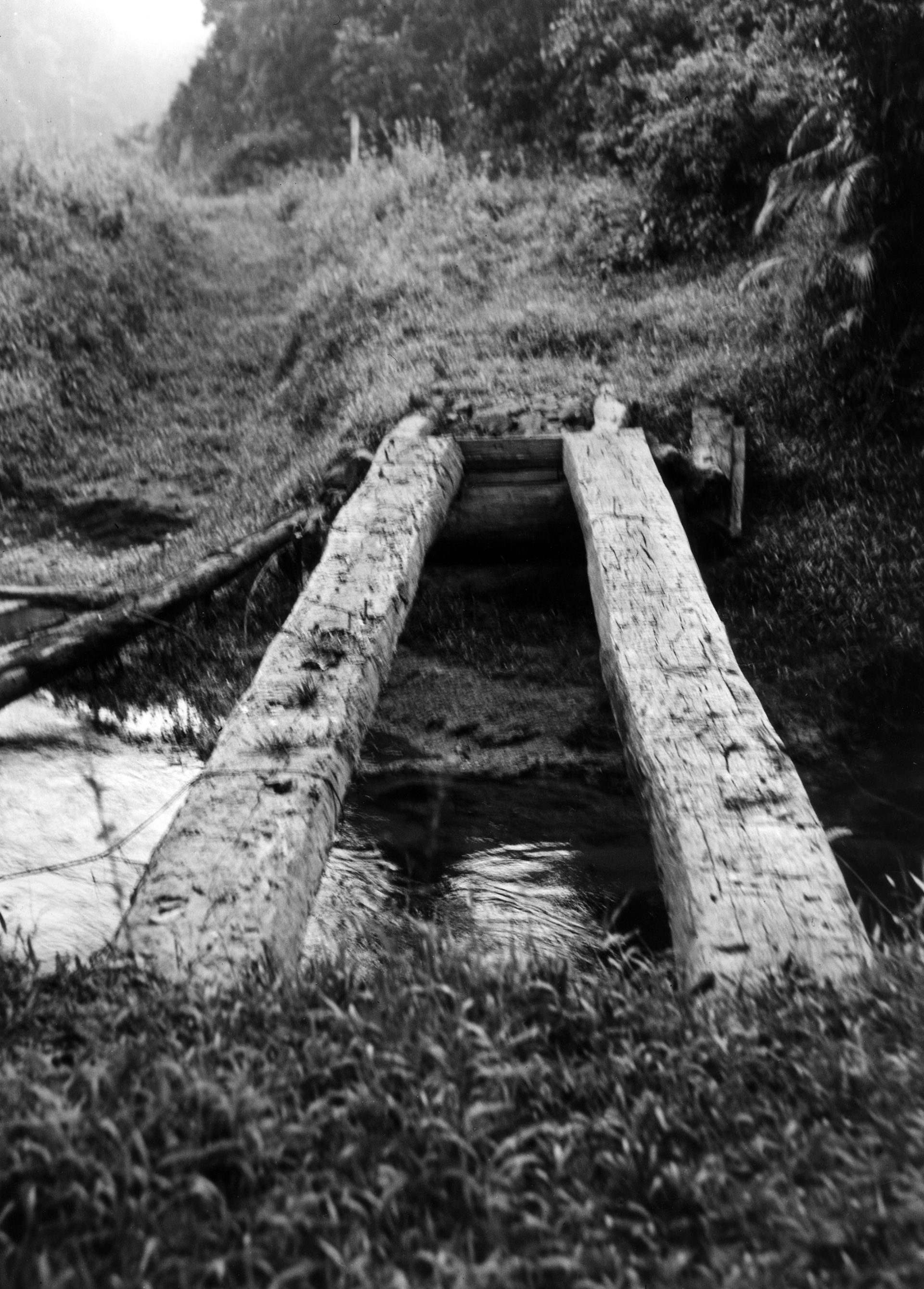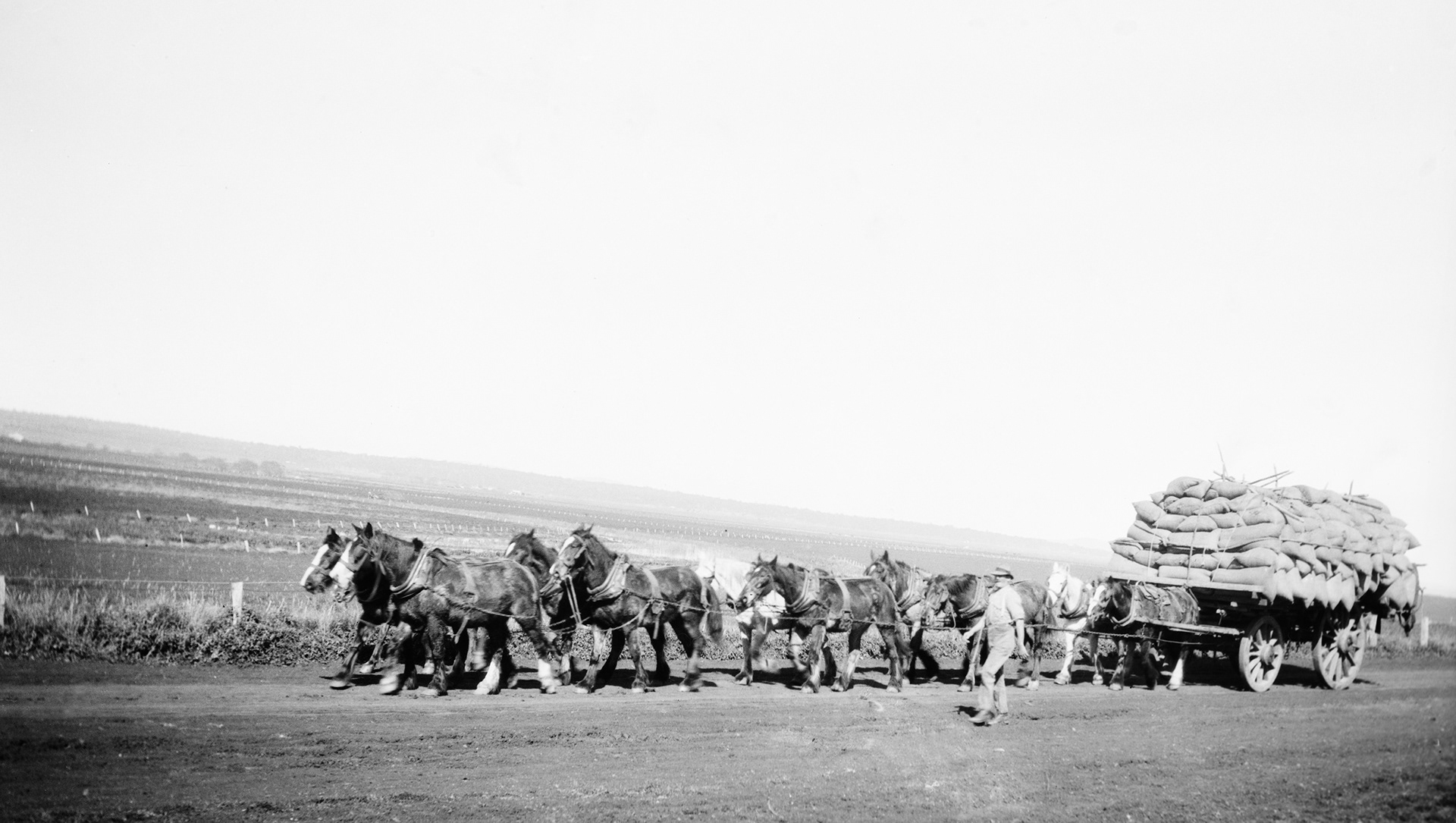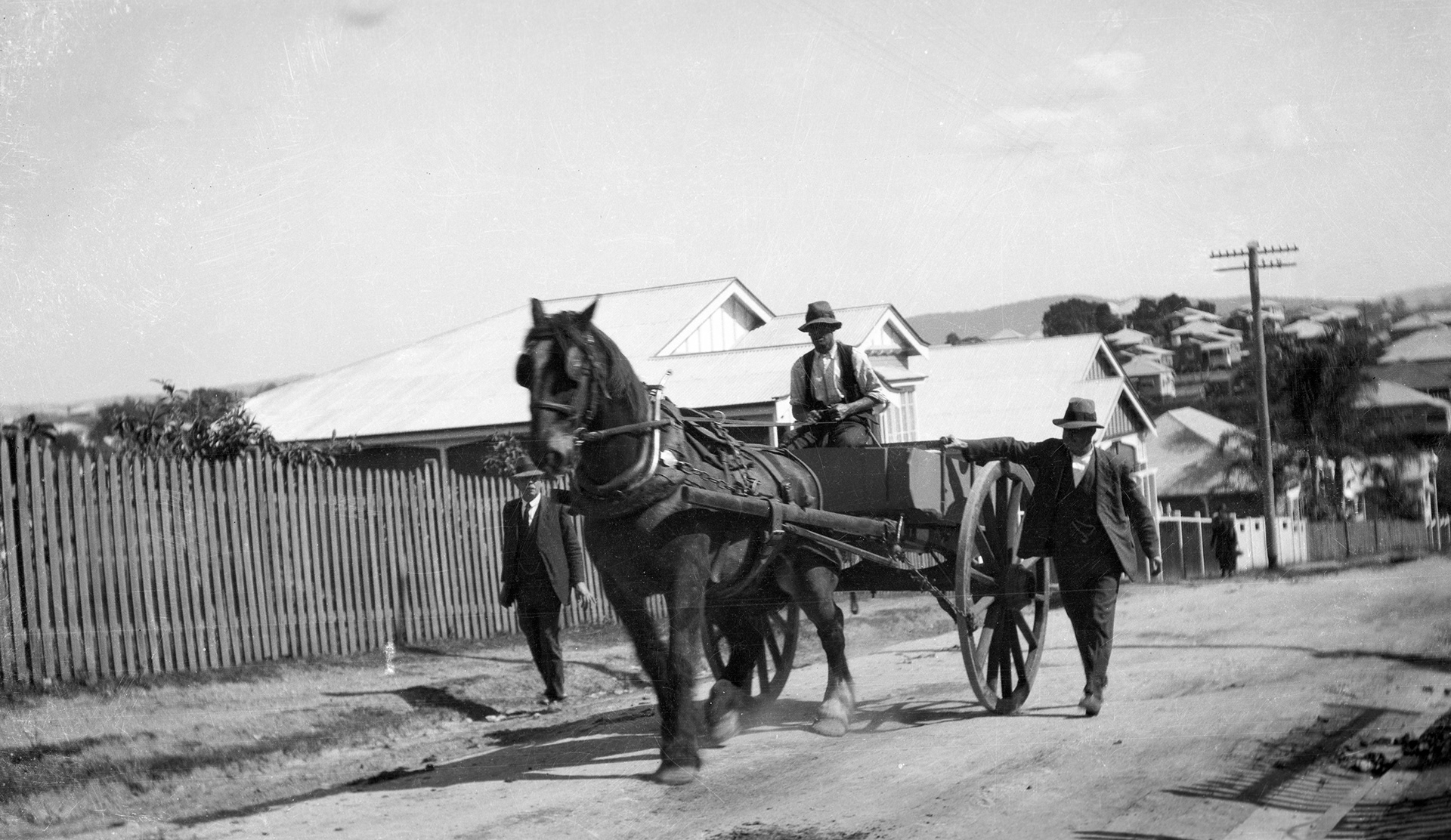By 1920 following the first world war, the motor vehicle had begun to assume increasing importance in land transportation.
As a result, the Queensland Government acknowledged the need for an authority to co-ordinate and support local authorities’ responsibilities for construction and maintenance of ‘main’ roads. Queensland patterned its legislation to form the Main Roads Board, under the Main Roads Act of 1920.
On 29 October 1920, Sir John Kemp was appointed chairman of the first Main Roads Board.
Sir John Kemp
On 1 July 1921, a system of motor vehicle registration came into operation, first handled by the police, but transferred to the Main Roads Board in December that year. The cost of registration was based on a formula involving 'power plus weight' for vehicles with pneumatic tyres, and 'power plus weigh plus maximum load' for vehicles with solid rubber tyres, since these were more likely to cause damage on the roads.
Registration fees varied from £2 (around $4) to £22 ($44) and driving licences (issued by the police) around half a pound ($1).
Low cost timber bridge

Cairns Innisfail Road

Horse drawn vehicle

Horse drawn cart on road
When the old meets the new cotton haulage south of Gatton 1924
Basic wage under the Award was £3.16 per week and the camping allowance was 4 pence per night spent in the camp.
On 12 October 1925, the Main Roads Board was dissolved and replaced by the Main Roads Commission (1925–1951), with Sir John Kemp as the Commissioner. The objective of the commission was to address the increasing demand and rapidly deteriorating road network across Queensland.
Loading Trucks at Clifton Quarry
Work camp Blacksmith
Construction of an early concrete road near Dalby
1922 the Nundah workshops were started on allotments purchased cheaply from the old Glassworks Estate at Nundah.
Early road-building depended on horses. They pulled drays, rollers and scoops, and working the horses was seen as a skilled job.
Listen to Noel Ashen, a long serving Engineer of the Main Roads Department, talking about using horses for road building.
Historic horse drawn vehicle used to spread water across dirt roads
